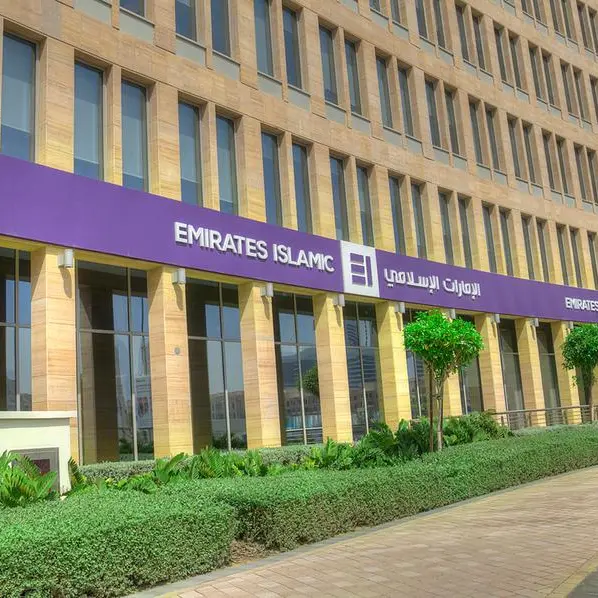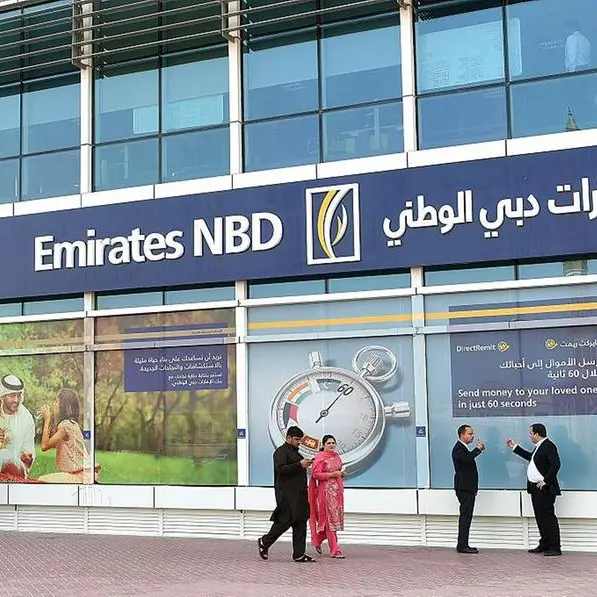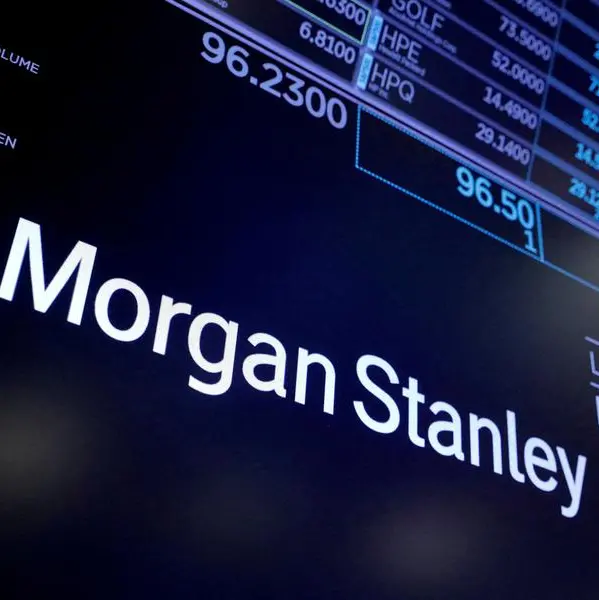PHOTO
LONDON- Oil prices fluctuated on Monday as the positive impact of major producers agreeing record global output cuts was offset by concerns they will not be sufficient to reduce a glut as the coronavirus pandemic hammers demand.
After four days of wrangling, the OPEC+ group of oil producers, comprising the Organization of the Petroleum Exporting Countries, Russia and other countries, agreed to cut output by 9.7 million barrels per day (bpd) in May and June, representing about 10% of global supply.
Brent crude futures were up 53 cents, or 1.7%, at $32.01 a barrel by 1413 GMT, having opened at a session high of $33.99. U.S. West Texas Intermediate (WTI) crude was up 86 cents, or 3.8%, at $23.62, having earlier hit $24.74.
U.S. President Donald Trump praised the oil supply deal, saying it would save jobs in the U.S. energy industry.
Saudi Arabia, Kuwait and the United Arab Emirates volunteered to make cuts even deeper than those agreed, which would effectively bring down OPEC+ supply by 12.5 million bpd from current levels, the Saudi energy minister said.
Saudi Arabia on Monday set its May official selling prices (OSP) for crude, selling oil to Asia more cheaply and keeping prices flat for Europe while raising them for the United States.
Meanwhile, analysts cast doubts on producers' likely compliance with the production cuts. Even factoring in full compliance, demand weakness concerns still capped oil price gains.
Worldwide fuel consumption is down roughly 30% because of the COVID-19 pandemic that has killed more than 100,000 people worldwide and kept entire nations on lockdown.
"We expect the OPEC+ decision at best to establish a floor under the market," said Harry Tchilinguirian of BNP Paribas, adding that oil price gains could also be capped by producer hedging.
"We do not expect a sustained recovery in the oil price until pent-up demand is released in Q3."
The deal had been delayed since Thursday after Mexico balked at the cuts it was asked to make. The OPEC+ group met on Sunday, resulting in a cut four times deeper than the previous record reduction in 2008.
OPEC+ has also said it wants producers outside the group - such as the United States, Canada, Brazil and Norway - to cut a further 5 million bpd.
Canada has signalled a willingness to cut and Norway said it would decide about its cut "in the near future".
The United States, where antitrust legislation makes it hard to act in tandem with groups such as OPEC, has said that low prices mean its output would already fall by as much as 2 million bpd this year without planned cuts.
Brent's contango - the market structure in which later-dated prices are higher than prompt supplies widened, highlighting some optimism over the longer-term impact of the OPEC+ cuts but also current oversupply concerns.
"The fundamentals still look incredibly bearish for the weeks and months ahead and imply time-spreads should fall into deeper contango from current levels," FGE analysts said.
Citi analysts raised their Brent price forecasts for the third and fourth quarters to $35 and $45 a barrel respectively.
Morgan Stanley has also raised its forecasts by $5 for the second half of the year to between $30 and $35 a barrel.
(Additional reporting by Florence Tan in Singapore; Editing by David Goodman and Jan Harvey)












